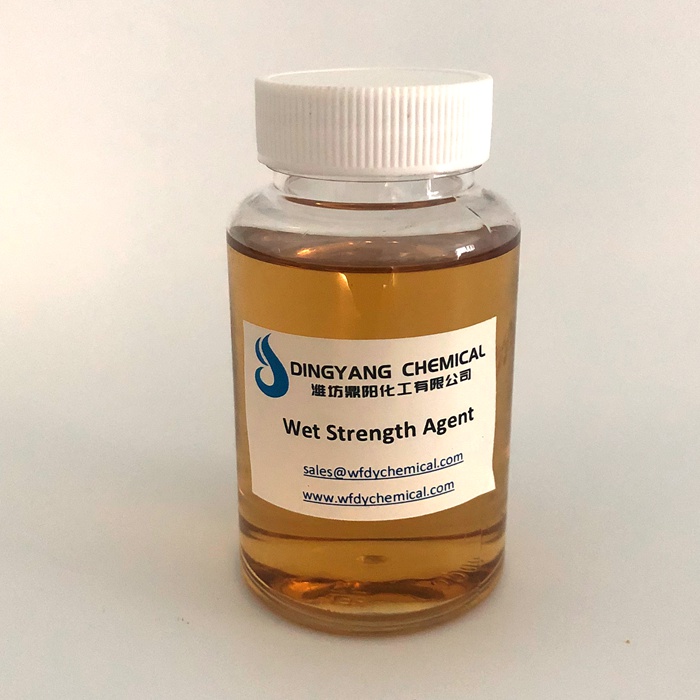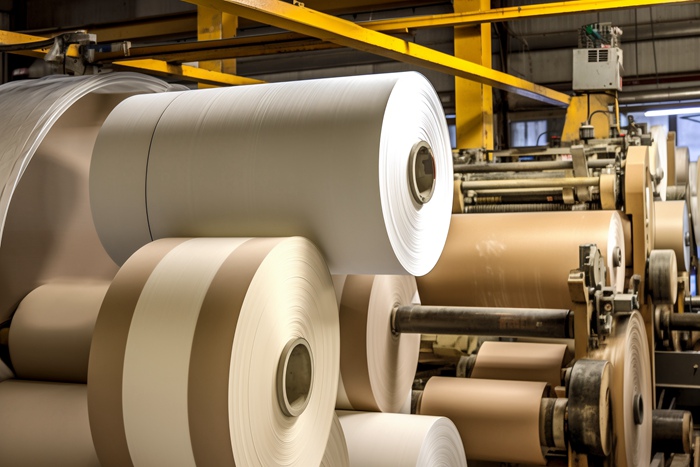Definition of wet strength agent
Wet strength agent is an industrial chemical, also known as wetting agent, liquid dyeing agent. Its main function is to increase the surface active affinity of solution, mixture or emulsion, thereby improving its wettability and dispersibility. Wet strength agent is widely used in many fields, including petrochemical, textile, cosmetics, coating, plastic, medicine, etc., because it can improve the performance of products and reduce production costs. But how do wet strength agents achieve these functions?
Mechanism of action of wet strength agent
1. Surface tension reduction
The main function of wet strength agent is to enhance its wettability by reducing the surface tension of liquid. Surface tension refers to the attraction between molecules on the surface of liquid, representing the interaction between liquid and the outside world. The greater the surface tension, the liquid will show the characteristics of shrinkage and poor penetration, while when the surface tension is reduced, the liquid will better expand and clean the surface of the object.
Wet strength agent changes the surface tension of the liquid by adsorbing on the surface of the liquid, reducing the attraction between its molecules. Wet strength agent molecules have one side of hydrophilicity (like water) and the other side of hydrophobicity (dislike water). When the hydrophobic molecules on the surface of the liquid are adsorbed by the wet strength agent molecules, their original repulsion becomes attraction and forms a more stable liquid surface, thereby improving the wettability of the liquid.
2. Dispersants and emulsifiers
Wet strength agents also have the function of dispersants and emulsifiers, and play a key role in the manufacture of emulsions, suspensions, and dispersions.
When dissolved objects are in water, if their intermolecular interactions are strong, they will cause them to aggregate into large pieces, making it difficult to disperse them into the water and maintain a uniform distribution. Wet strength agent molecules can surround the aggregated objects together to form a stable dispersion system. In addition, wet strength agents can also exhibit a soap-like emulsifier effect, wrapping hydrophobic substances such as oils and fats in a hydrophilic interface to make them evenly distributed in the water.
3. Adjusting pH and stabilizing pH
Wet strength agents can also adjust the pH and stabilize pH of liquids. Under high temperature, high pressure or strong alkali or strong acid conditions, wet strength agents can adjust their own hydrophilic function back to polymers and maintain a stable pH value.
Conclusion
In industrial production, wet strength agents can not only improve product quality, but also increase production efficiency and reduce production costs. Its main mechanism of action is to improve the wettability and dispersibility of objects by reducing surface tension, dispersing and emulsifying agents, and stabilizing pH, so as to better coat and disperse liquids, clean surfaces, and make dispersions, emulsions, and suspensions.



